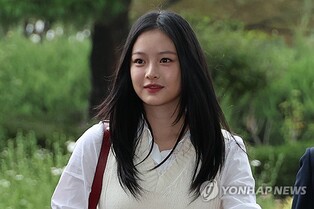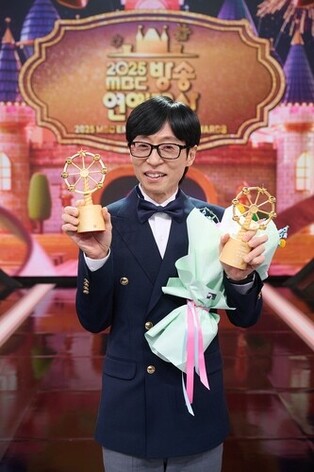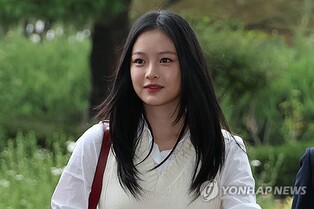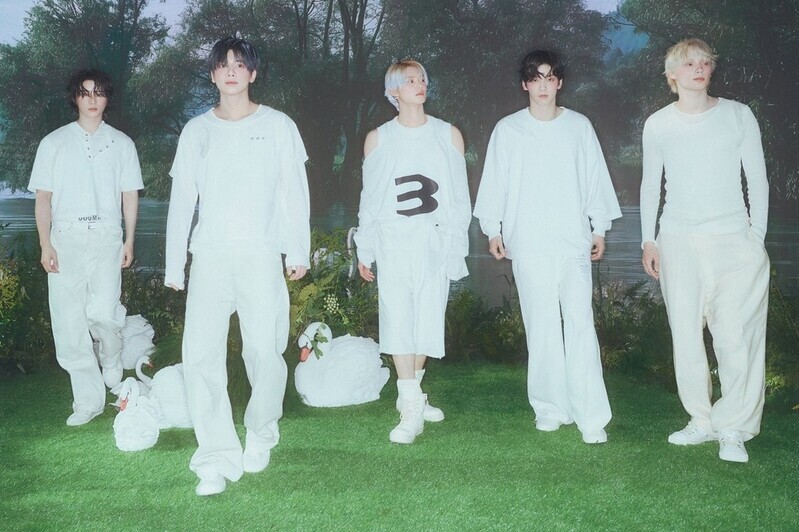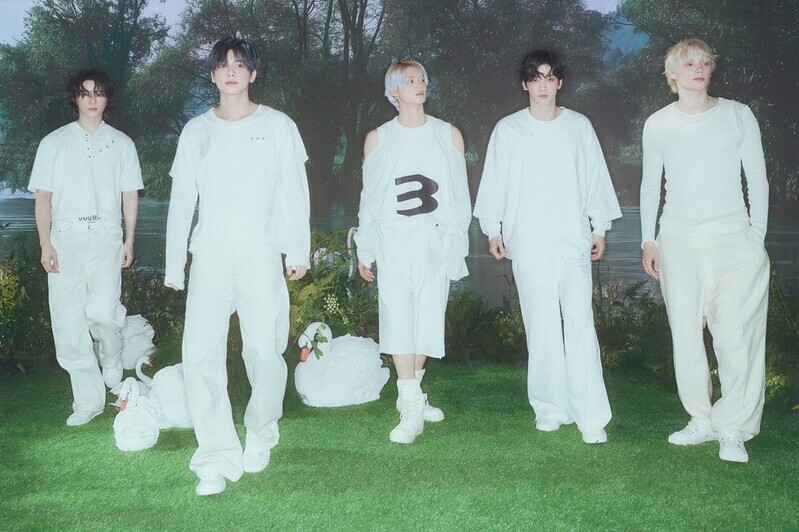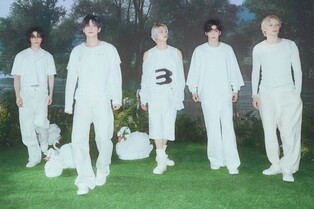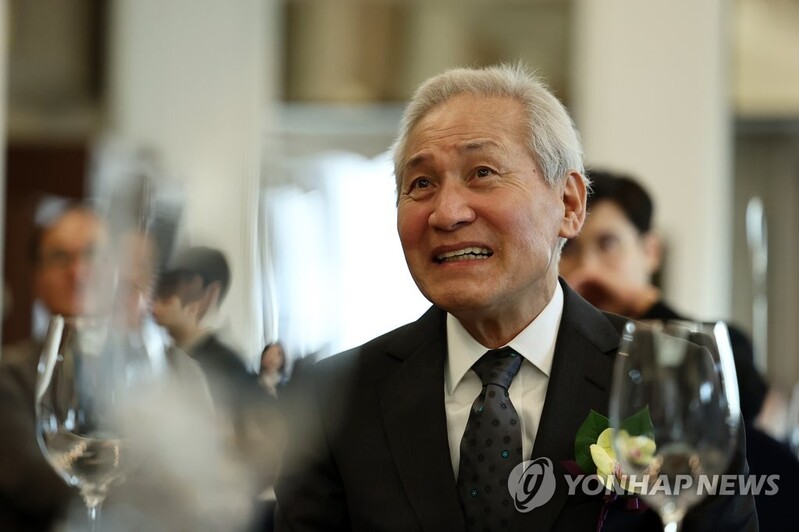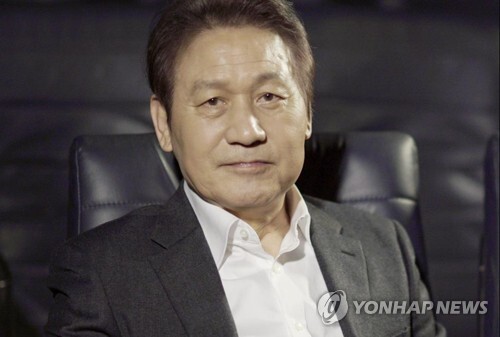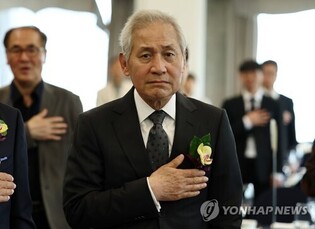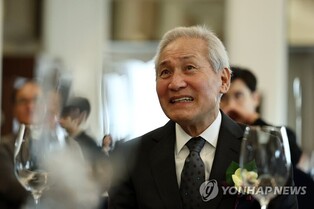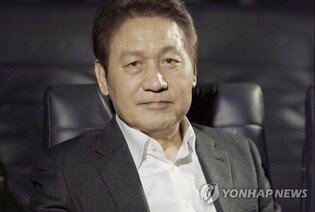*Editor’s note: The number of global Hallyu (Korean Wave) fans is approaching approximately 225 million, according to the 2024 report by the Korea Foundation. The surge in fans marks the dawn of the "Digital Silk Road" era, where communication transcends the limitations of time and space, enabling real-time interaction across the globe. Truly, we are in the era of "Hallyu 4.0."
Suk Soo-sun's Design Management Story: Consumer Participation in Branding
Contributed by Suk Soo-sun (professor at Yonsei Graduate School of Communication & Arts)
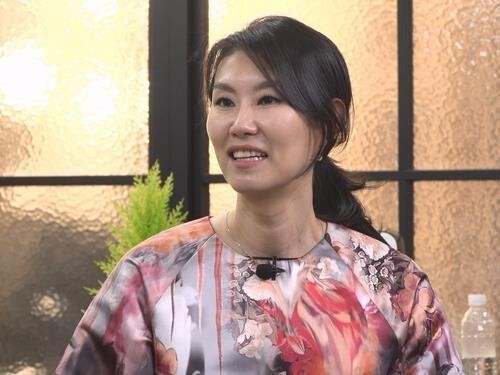
In a previous column, I cited an example of how the American ketchup brand Heinz effectively applied a design strategy to a consumer-participation campaign. The result was a huge success that revolutionized the user experience and maximized brand value.
Heinz ketchup, a brand with a long history, was at risk of losing its connection with younger consumers. This time, we will look at an example where Heinz again drew consumer participation by using an artificial intelligence image generator program. This is a case targeting young consumers with the use of AI.
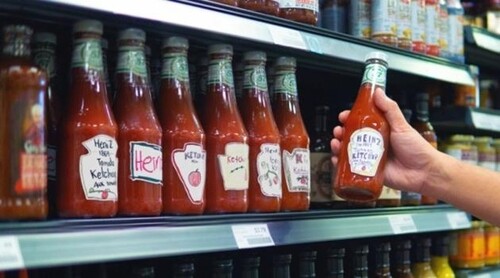 |
| ▲ A Heinz "Draw Ketchup" campaign using consumer-drawn logos, captured from the Heinz website. (PHOTO NOT FOR SALE) (Yonhap) |
Heinz capitalized on the trend of "text-to-image" AI generators, which convert text into images. At first glance, one might question the relevance of this design technology to ketchup.
As a result, Heinz solidified its brand image once again with this small idea, making a strong impression on both young consumers and art fans.
As mentioned in the previous column, Heinz established itself as the number one ketchup brand through its 2021 "Draw Ketchup" campaign.
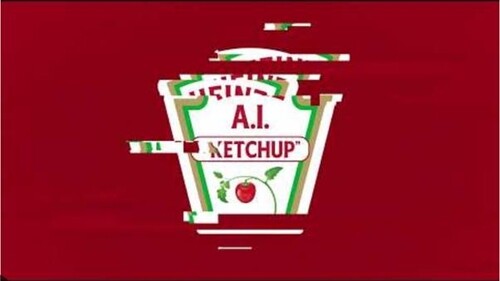 |
| ▲ Heinz A.I. Ketchup campaign, captured from YouTube. (PHOTO NOT FOR SALE) (Yonhap) |
In 2022, Heinz once again ran a consumer-participation campaign called "Heinz A.I. Ketchup."
Heinz used the image-generating AI "DALL·E 2" to ask questions about "ketchup." The result was the presentation of AI-generated images. All of the generated images centered around Heinz, proving the brand's strength and synonymous relationship.
This campaign became a case that demonstrated the power of the Heinz brand beyond just playfulness. The concept of Heinz ketchup, as recognized by AI, was expressed in various design ideas.
Additionally, images such as "Ketchup," "Ketchup art," "fuzzy Ketchup," and "Ketchup in space" were created, expanding the "Draw Ketchup" campaign.
Heinz requested new ketchup-based images from fans on social media. The campaign developed by utilizing visual materials generated by AI.
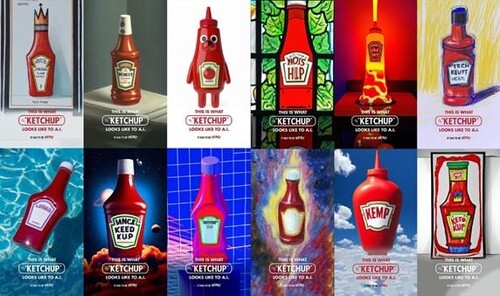 |
| ▲ AI-generated Heinz ketchup image, captured from the Heinz website. (PHOTO NOT FOR SALE) (Yonhap) |
Special limited-edition ketchup bottles featured AI images as labels. Art galleries were opened in both the real world and the metaverse, allowing consumers to view Heinz AI images. Outdoor billboards also promoted AI images, increasing brand awareness.
Similar to a "I am OOO!!" campaign declaration in our country, Heinz established the powerful message: "Heinz is ketchup."
The consumer-participation campaign using AI effectively conveyed the brand's top industry recognition in an intuitive and engaging way. It was an amazing potential.
In this way, using AI in design can refresh a brand image and strengthen connections with young consumers. Heinz's example became a great case that highlights the need for integrating technology to maintain market competitiveness.
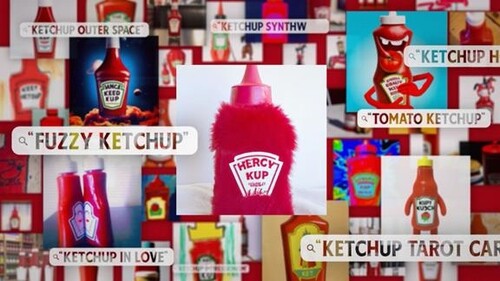 |
| ▲ AI-generated Heinz ketchup image, captured from the Heinz website. (PHOTO NOT FOR SALE) (Yonhap) |
This case provided significant inspiration for brands looking to combine tradition and innovation to captivate consumers. Heinz reinforced its position in the global ketchup market while strengthening emotional connections with consumers.
This innovative approach positively impacted the maintenance and strengthening of brand loyalty. Heinz's success will remain a prime example of the role and importance of AI in modern design marketing.
◇ The future of AI image generation technology and the strategic approach of companies
The advancement of AI image generation technologies and tools, such as DALL·E, is bringing innovative changes to the design field. It is also offering new opportunities to companies.
These technologies have the potential to reshape existing design concepts and redefine brand logos and visual identities.
With these opportunities come legal challenges, and companies must quickly devise strategies for intellectual property (IP) protection.
The legal rights and copyright issues surrounding AI-generated images remain uncertain, and it is doubtful whether companies will be able to claim ownership based on these images.
As a result, companies are increasingly required to find ways to leverage the advancements in AI technology while minimizing legal risks.
 |
| ▲ Heinz ketchup AI image metaverse gallery, captured from the Heinz website. (PHOTO NOT FOR SALE) (Yonhap) |
In conclusion, the discussion of how to define the boundary between design and creativity will become even more important in the future.
Carefully considering the opportunities and challenges AI's development will bring is essential. It is now time for companies to develop strategies aligned with these changes, maintaining an open and innovative mindset toward new possibilities.
Beyond just technology use, it will become a crucial element in helping brands establish themselves as cultural icons. The potential of AI is already overflowing.
(C) Yonhap News Agency. All Rights Reserved


















![[풀영상] 2025 MBC 방송연예대상 레드카펫|유재석·전현무·기안84·김연경·세븐틴 부승관·박지현·제베원(ZB1) 규빈·투어스(TWS) 도훈·주우재·하하 외](/news/data/20251229/p179586605817354_616_h.jpg)
